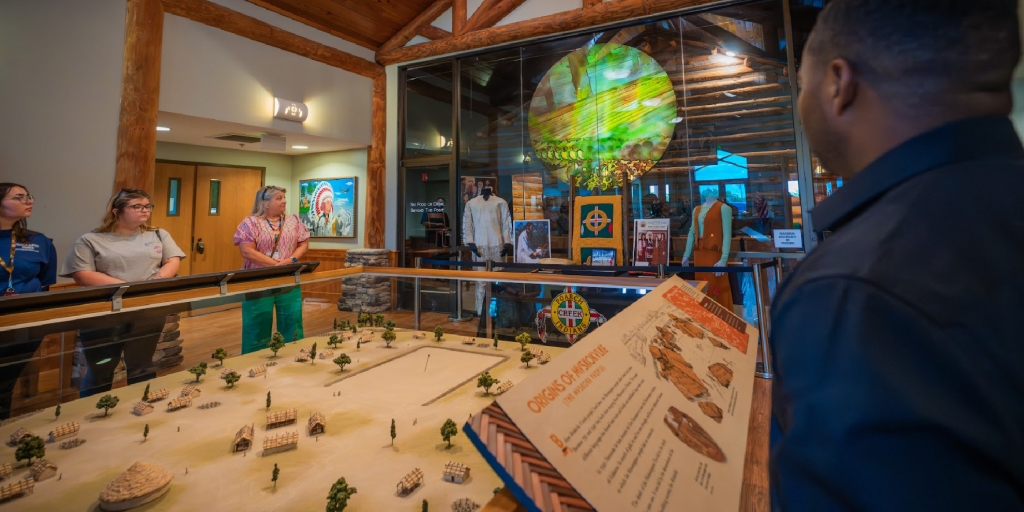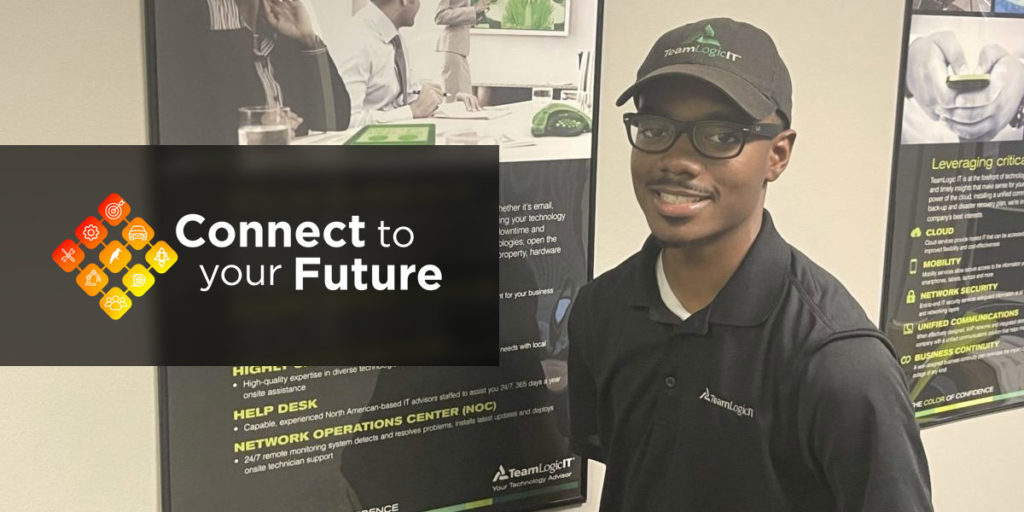Alabama’s workforce programs have undergone several changes in the past couple years and to say that this has caused some confusion would be a huge understatement!
I liken it to the 1956 Federal-Aid Highway Act which created the beginnings of the Interstate system that focused on building a system of connected roads that would funnel traffic from smaller roads into safer, more efficient “Super Highways.”
When we look at workforce development in Alabama over the last 50 years, we’ve been a mishmash of programs or smaller roads all leading to the same goal, but having to travel those roads on a wildly divergent path.
In a few words, I’d like to clear up the confusion and untie the knot related to the programs housed within the Alabama Department of Commerce.
Commerce has two divisions: Business Development and Workforce Development. In the workforce division, there are five areas of responsibility: AIDT, WIOA, AWC, RWCs and AOA.
AIDT is Alabama’s premier workforce training incentive. We offer job-specific training to new and expanding industries in Alabama and expand job opportunities of its citizens. AIDT does this at no cost to the company or the citizen.
In addition, through the use of our Centers of Excellence, AIDT provides “upskilling” for existing companies in Alabama through in-depth training in robotics and automation at the Alabama Robotics Technology Park, Maritime and shipbuilding training at the Maritime Training Center.
The WIOA or Workforce Innovation Opportunity Act is a federal program used to help socially and economically disadvantaged populations and dislocated workers. WIOA funds the One-Stop Career Centers (managed by DOL) and also provides Rapid Response teams to affected plants that are closing.
Their goal is to keep as many workers working and retrain, through financial assistance and scholarships, those workers that need new skills to remain viable employees.
The AWC or Alabama Workforce Council is an advisory council whose main mission is to facilitate the strategic workforce agenda across Alabama to ensure that the goals are achieved. The AWC, made up of business and industry leaders, routinely advise and promote legislative matters to continually improve the workforce system in Alabama.
The RWCs or Regional Workforce Councils (7) focus their attention on a more local level. Each council is made up of business and local leaders from their respective counties and are directed to help identify issues in the workforce and plan strategically for how to overcome any obstacles.
Then there is the Alabama Office of Apprenticeship or AOA, originally created by legislation in 2016 as Apprenticeship Alabama. New legislation in 2019 created a state apprenticeship agency that will now serve as the central hub for certifying and managing apprenticeships here in Alabama.
AOA will now be able to certify not only Registered Apprenticeship Programs but the new Industry Recognized Apprenticeship Programs (IRAPS). The new IRAPs are for apprenticeships in more non-traditional business sectors such as tech companies or healthcare.
We have taken these five feeder roads and merged them into our “Workforce Superhighway” that ultimately leads the state to the goal of Success Plus, Governor Kay Ivey’s plan to have more than 500,000 credentialed workers in Alabama by 2025.
This new crop of workers and those who are looking for a new direction should be able to effortlessly travel the new “Workforce Super Highway” with easy access and exits through the state’s new portal known as AlabamaWorks! Please see www.alabamaworks.com when you are ready.
Ed Castile is the Deputy Secretary of Commerce, Workforce Development Divison and Director of AIDT











